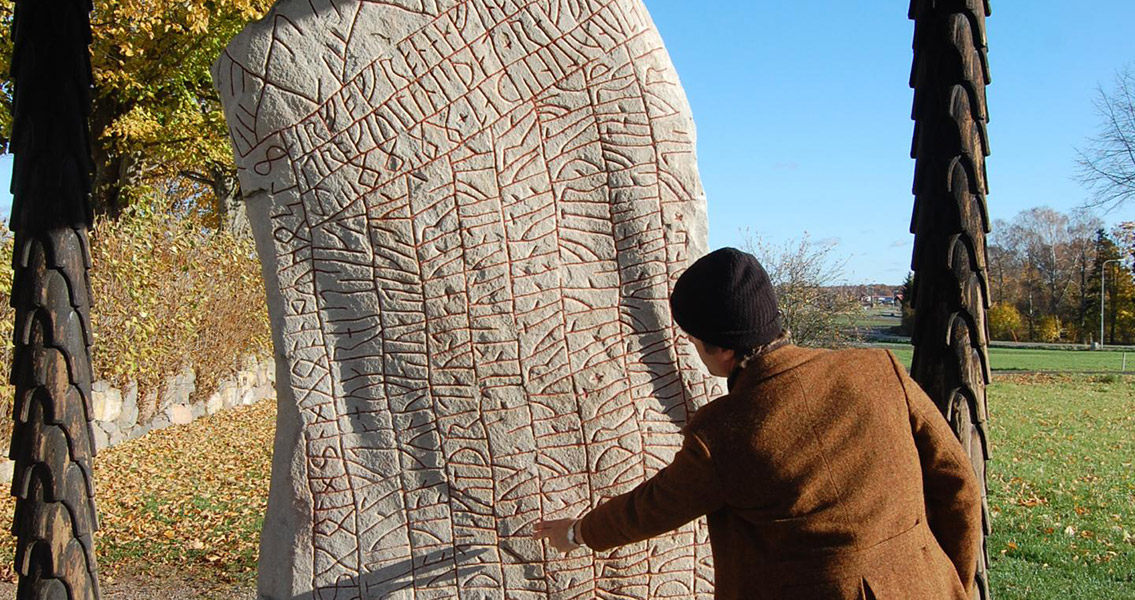<![CDATA[The most-well known runestone in the world, Sweden’s Rök Runestone, has had its inscription re-translated to reveal new insights into the message left behind when it was erected in the ninth century CE. Erected in the province of Östergötland in the late 800s, the runestone’s inscription had been categorized as nearly impossible to decipher; while it was well-preserved and the runes were relatively readable, trying to understand what the words actually meant seemed a futile endeavor for many researchers. However, a new translation of the runestone’s message that used an innovative approach to interpreting it has seemingly borne fruit. The key, it seems, is in viewing the words through a completely different lens. At first, the message was thought to reference historical events such as wars, kings, and the feats of ancient heroes, but the new approach interprets these references as pertaining to the monument itself. In a press release from the University of Gothenburg, associate professor Per Holmberg remarks that the seemingly incomprehensible riddles inscribed in the runestone’s front have to do with the daylight needed in order to read the runes themselves. Meanwhile, on the back of the runestone are riddles that are likely related to the actual carving process and Futhark, the runic alphabet. This is not necessarily the first time a Viking Age runestone bore information relating to itself in its inscriptions. In fact, Holmberg points out that in a wide majority of cases, the inscriptions on other runestones from the era have a modicum of information about themselves. Previously, research into the Rök Runestone singled it out as a unique example of one that did not contain any of this self-referential information, but Holmberg asserts that this was an error made through a minor reading mistake, and a perhaps misplaced nationalistic desire to have a runestone that recorded the history of great Swedish kings and heroes. Holmberg used social semiotics to study the runestone, a line of scholarship that investigates language as a tool to realize meaning across a wide variety of text and context. The professor says that it would have been impossible to investigate the meanings that held the most weight when it came to runestones without a modern text theory; likewise, it would have been impossible to see if the Rök Runestone really did have commonalities with other runestones, even though it bore an unusually long inscription. This new interpretation stands to turn the prevailing thought on the runestone’s message soundly on its ear. Traditional interpretations made more than a hundred years ago have informed academia as to the so-called heroics of the Viking Age, yet with this new, and possibly more accurate interpretation, the former message of honor and vengeance that the runestone was thought to tell has been replaced with a detailed look at how the technology of writing developed during the ninth century. While the runestone may not praise mighty warriors and kings, it certainly does record the development of literacy – something just as important and enduring. Holmberg’s new research study, which was recently published in Futhark, the International Journal of Runic Studies, can also be found online here Image courtesy of University of Gothenburg]]>
Re-Translated Viking Runestone Reveals New Insights
